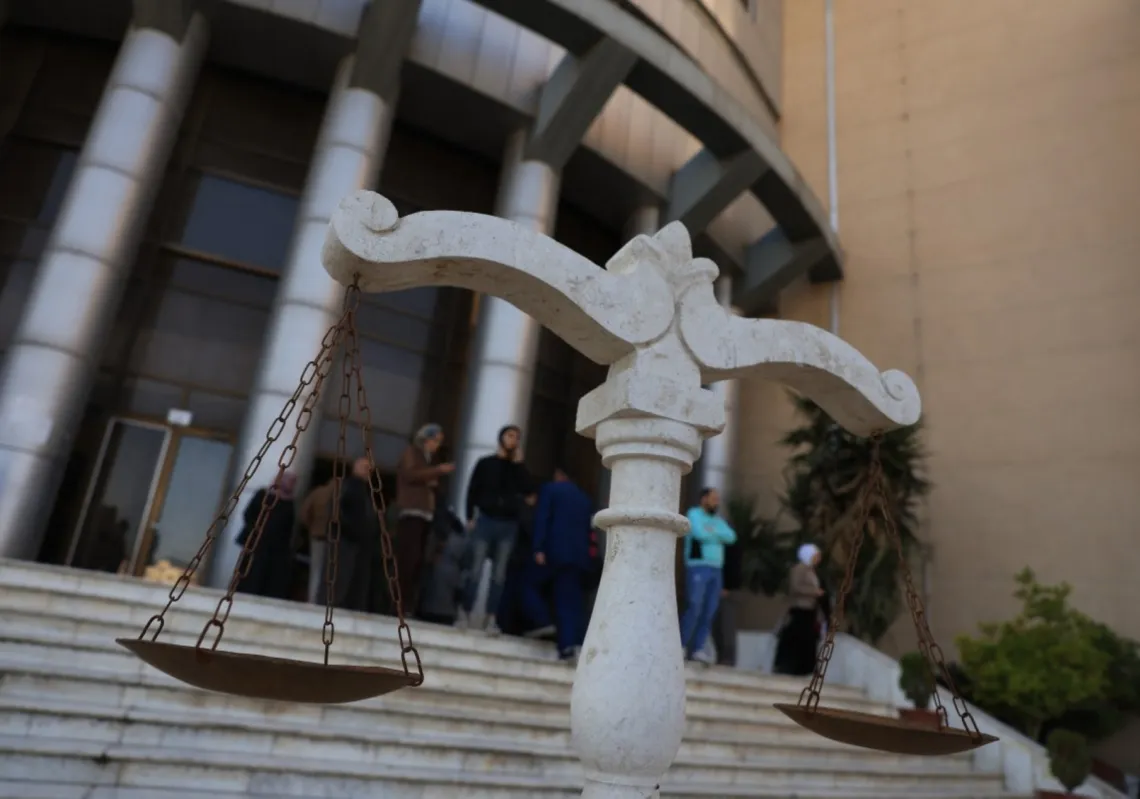A rallying gold price reaching record levels has caught the attention of the markets and the media and triggered a debate as to why. Commentators, investors, and analysts watched as the world went through turbulence between 2022-24, only for the price of gold to remain steady, mainly hovering between $1,300 and $1,600 per ounce.
Suddenly, it has taken off. In March, it began climbing towards the $2,000 barrier. At the time of writing, it was $2,353 per ounce. What are the implications? A move into gold has long been known as a move to safety. If the markets operated on logic, increasing turbulence ought to elicit increasingly higher gold prices and vice versa. Yet, it often isn’t so.
Nathan Mayer Rothschild, the 19th-century London financier and founder of his famous family’s English branch, once said: “I know only two people who really understand how the price of gold is determined, but unfortunately, they often don’t agree.”
In 2021, the Federal Reserve Bank of Chicago looked at what had moved gold prices since 1971 and found three factors: gold as protection against inflation, gold as a hedge against economic meltdown, and gold as a reflection of interest rates.
Gold and inflation
Received wisdom is that gold protects against inflation, but this varies greatly according to the specifics of place and time, and some analysts doubt whether it is true, questioning the statistical evidence to back it up. Those who thought gold would act as a hedge against inflation were disappointed in 2022 when prices fell even as inflation went stratospheric.
Furthermore, gold tends to do well during periods of deflation, as noted by the statistician Roy Jastram in his book The Golden Constant, where he tracked gold prices and purchasing power over four centuries, from 1560 to 1976. He concluded that gold is a poor hedge against major inflation, that it appreciates in operational wealth (purchasing power) in times of deflation, and that its purchasing power has remained consistent for hundreds of years.
The well-known annual report In Gold We Trust, produced by researchers at a Lichtenstein-based asset manager, focuses on gold’s properties as a “monetary asset,” making it distinct from other commodities. It points out that the optimal financial conditions for keeping volatility out of the gold price are those of the “moderate economy,” which is “neither too hot to release inflation nor too cold to fall into recession.”
Like any other market, the dynamics of supply and demand also play a crucial role in determining the price of gold. If demand increases, the price rises, and vice versa.

Gold and monetary policy
Gold prices have sometimes been sensitive to monetary policy, specifically interest rates and especially ‘effective interest rates’ (short-term interest rates set by central banks minus the current inflation rate). Gold is often held or bought when returns from cash, shares, and bonds are poor, which in turn stokes gold’s price. This happened during the 1970s and again in the 2000s.
When effective interest rates are high, helping other assets yield better returns, there is less incentive to buy gold (which offers no yield, cash flow, or dividend and has storage costs). This pushes its price down, as seen in the 1980s and 90s. Yet, in recent months, high inflation has led to sharply rising real interest rates. Analysts say gold prices “should have fallen significantly” in this environment, yet they have not.
According to Ronald-Peter Stöferle and Mark J. Valek, authors of the 2024 In Gold We Trust report, “the collapse of the correlation between the gold price and real interest rates raises many questions. In the old paradigm, it was unthinkable that the gold price would trend firmer during a phase of sharply rising real interest rates”.
Gold and the dollar
There is also a correlation between gold and the dollar, the currency that denominates precious metal prices. A small fall in the dollar can send the price of gold soaring, and vice versa, although they may also occasionally move in the same direction.
From 1973-80, the dollar fell and gold rose from $35 to $800 per ounce. From 1980-85, the dollar rose and gold lost more than half of its value. In 2002, the dollar fell and an ounce of gold jumped from $250 to $1,400.
The relationship between gold and the dollar is not systematic, yet the negative correlation between them is much stronger than the correlation between gold and other currencies, because the dollar is also the global reserve currency that competes with gold during periods of high tension.
Jeffrey Frankel, professor of economics at Harvard University and a member of former US President Bill Clinton’s Council of Economic Advisers, points out that the dollar has long been the world’s leading safe-haven currency.

Yet he also says investors want to diversify their assets and buy gold after the dollar's position as the world's reserve currency was politicised by the last US President, Donald Trump, citing the imposition of US sanctions and economic mismanagement during the COVID-19 pandemic. In addition, there are reports that if re-elected in November, Trump will introduce a bill that imposes sanctions on those who do not use the dollar in global trade.
Gold has several virtues. One is that it can be used as a store of wealth independent of government influence. Another is that it is a relatively liquid asset, meaning it is easy to find buyers for it. In some senses, that lets it function like an international currency, an appeal that global tensions highlight.
The gold price rose during the 1970s when leftist movements from Asia (Vietnam, Afghanistan) to Europe (France) were on the rise. In 2008-9, during the global financial crisis that began with US mortgages, there was the largest transfer of gold ever (from Europe to the US).
In 2024, clouds have once again gathered, with war still raging in Gaza, the Houthis in Yemen diverting the world's shipping, China's increasing aggression towards neighbours, Russia's ongoing invasion of Ukraine, sharply rising military spending, and an unpredictable US election pending. This seems to have heralded a move away from riskier assets, with gold being one of the beneficiaries as a haven asset.
Central bank buyers
According to Stöferle and Valek, gold is now in uncharted territory (or "terra incognita") to the extent that there is now "a new gold playbook." One feature of this, the authors say, is that "Western financial investors are no longer the marginal buyers... central banks and the steadily growing demand from emerging markets, especially China, have for the first time been able to more than compensate for weak demand from the West."
Gold buyers range from jewellers, investors, private individuals (who use it to gift wealth as well as a form of saving), and industrial companies. It is used in electronics, medical equipment, and space travel, to name but some areas. But the main source of gold demand is major financial institutions, including central banks and the International Monetary Fund (IMF). The European Central Bank (ECB) is among the biggest buyers.
Central banks have become net buyers of gold to give their reserves a financial ballast, with the added benefit that national gold holdings enhance confidence in the currency, protect public solvency, and act as a guarantee against the risk of default. Again, these benefits are factors for those looking to reduce their dependence on the dollar, which may help explain why central banks in China, India, and Russia have led institutional demand for gold in recent years.













